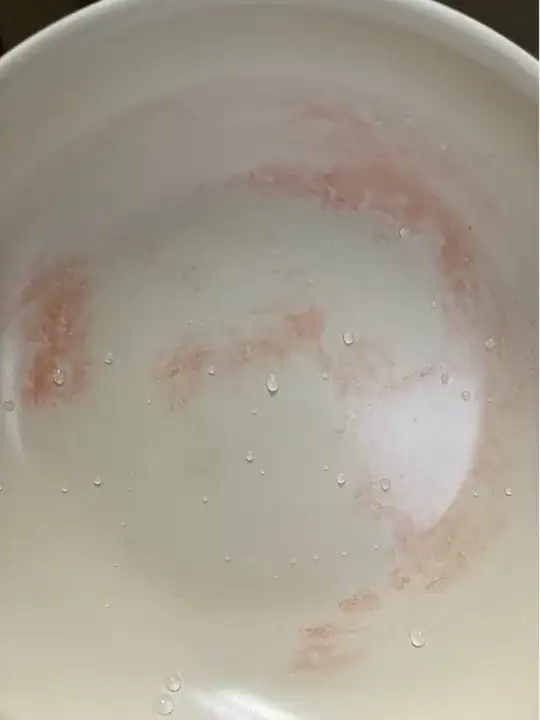I know this will sound disappointing, but I don't that you will ever find a non-trivial answer to the question.
First, what sticks is the sauce. Once it is made into a sauce, it is physically a single entity, no longer separable into tomato, basil, etc. Of course, it is not all of the sauce that sticks, for example the water is no longer there, and as somebody else mentioned, the red pigments like the lycopene are there - but it is practically impossible to sit down with a list and check off, "hemicellulose is present, sucrose is present but much smaller percentages than in the original, the eugenol is completely missing", but if somebody could, and would, do it, there would be no more precise a name for that wild mixture than "sauce residue".
The second part of your answer is the why. The problem is, surface physics is complicated, and the physics of something as wildly complex as sauce much more so. An expert materials scientist with access to enough samples of the pan, the sauce, a well-equipped lab and enough time could probably find out, and have some answer like, "the starch particles in this sauce are not as round as in others" or "this sauce uses powdered tomatoes grow d to the exact size to get stuck to this particular coating after they've been hydrated in sauce, then heated". Or sounding else of that kind. But without the experimentation, it is impossible to find out.
